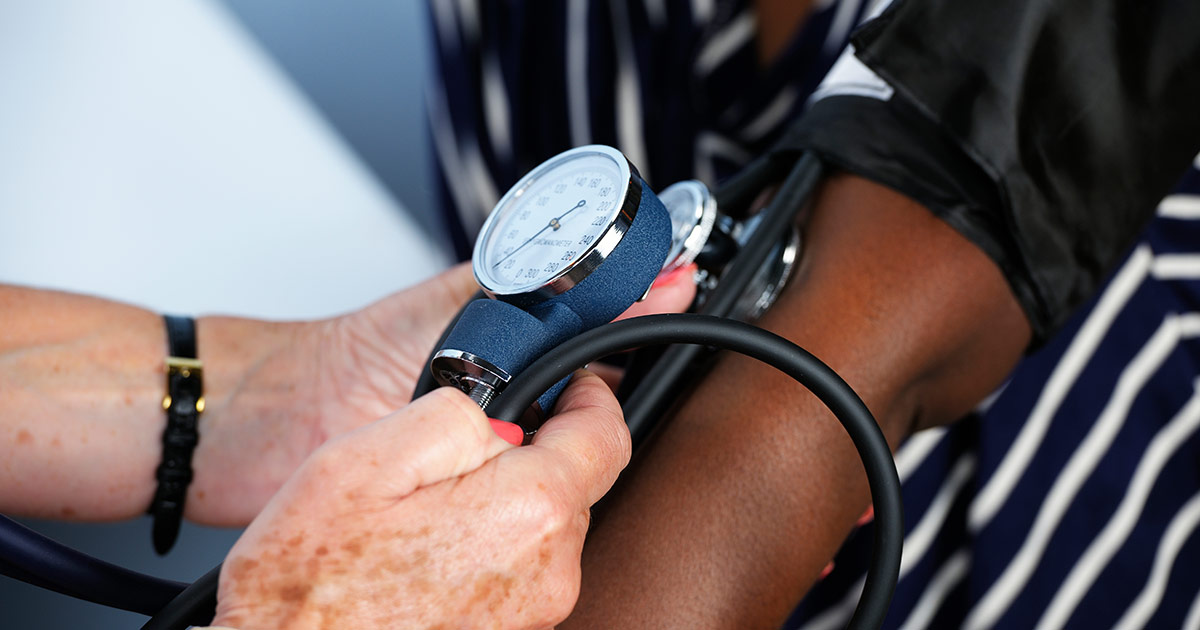Guide To Heart Failure Stages
Stage B Heart Failure

Stage B heart failure is also a pre-heart failure stage, but it is more severe than the first. Individuals dealing with stage B heart failure have typically already been diagnosed with a health issue such as systolic left ventricular dysfunction. However, they have also never dealt with any of the other things that come with heart failure. Patients at this stage will be treated with stage A treatment options. These include lifestyle changes and treatment for other underlying health issues such as high blood pressure and high cholesterol.
Doctors may also want to treat patients with a beta-blocker, angiotensin-converting enzyme (ACE) inhibitor, or angiotensin II receptor blocker. If surgery is deemed necessary, patients may also undergo a valve repair or replacement, or a coronary artery bypass.
Stage C Heart Failure

Stage C heart failure includes patients with identifiable full-blown systolic heart failure and its symptoms. The most common of these symptoms are a significantly reduced capacity to exercise, shortness of breath, and fatigue. Patients also often have an irregular or fast heartbeat, swelling in their legs and feet, a persistent cough or wheezing, as well as a reduced appetite.
Treatment for stage C heart failure includes the options detailed for the previous stages. They may also require additional methods, such as restricting sodium in the diet, reducing fluid intake, and discontinuing any medication that might be exacerbating symptoms. Patients may also be prescribed medications like diuretics or aldosterone inhibitors. Some may even receive an implantable defibrillator or biventricular pacing.
